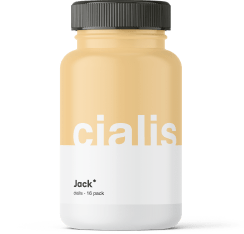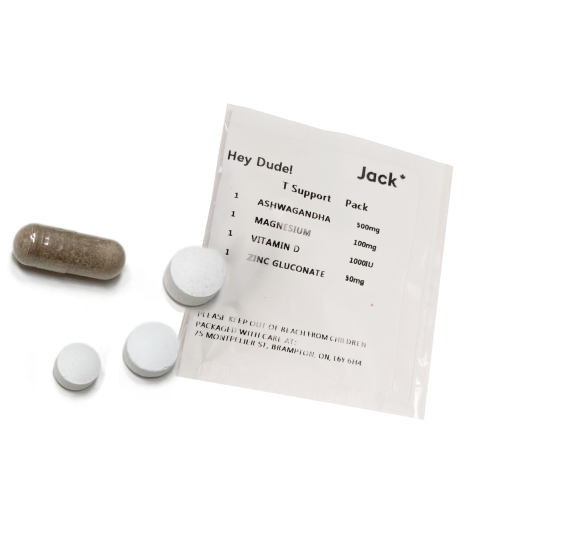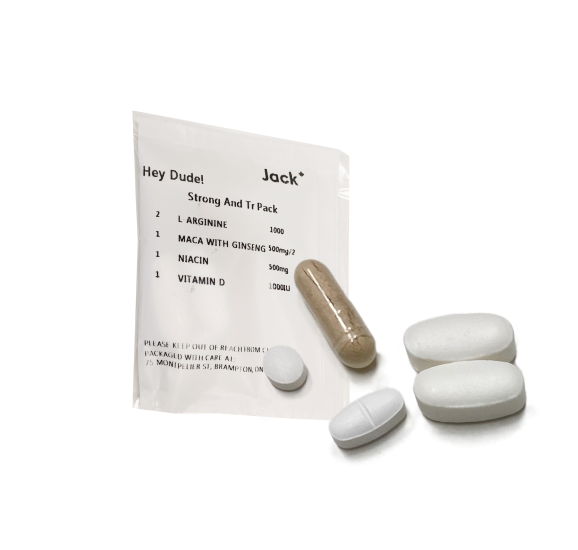Navigating the complexities of hormone imbalance can be challenging, especially for men experiencing the symptoms of low testosterone. Testosterone pellets offer a promising solution, blending innovative technology with the body’s natural processes to restore vitality and well-being.
Alongside exploring the types of pellets available, we’ll guide you through the insertion process, discuss potential side effects, and weigh the cost considerations. Whether you’re contemplating this therapy for yourself or seeking information for a loved one, this comprehensive overview aims to empower you with knowledge and help navigate the journey toward hormonal balance with confidence.
What are Testosterone Pellets?
Testosterone pellets are a form of hormone therapy designed to treat men experiencing low testosterone levels. This treatment involves the use of small, rice grain-sized pellets that release testosterone slowly over time, ensuring a steady level of the hormone in the body.
Before considering testosterone pellet therapy, it’s crucial to understand your current testosterone levels. Our easy-to-use testosterone level test kit can help you get started from the comfort of your home, ensuring you have the information you need to make informed decisions about your hormone health.
How Do They Work?
The pellets are implanted under the skin, typically near the hip. Once in place, they release testosterone gradually, helping to stabilize and maintain optimal levels of the hormone in the body. This method allows for a consistent dose, absorbing directly into the bloodstream and bypassing the liver.
Benefits of Testosterone Pellets for Men
The benefits of testosterone pellets for men are both diverse and significant, offering a beacon of hope for those grappling with the impacts of low testosterone levels. In essence, testosterone pellet therapy stands out as a comprehensive solution, fostering improvements across physical, mental, and emotional well-being for men.
- Enhanced Sexual Performance and Stamina
- Boosted Energy Levels
- Maximized Mental Function
- Compared to testosterone gel, no risk of accidentally exposing others to testosterone
While exploring testosterone replacement options, it’s beneficial to understand all available forms. Learn more about an alternative option, TRT cream, and how it compares to pellet therapy in terms of application, effectiveness, and convenience.
Types of Testosterone Pellets
Within the realm of testosterone replacement therapy, two primary types of testosterone pellets stand out: crystalline testosterone and bioidentical hormone replacement therapy (BHRT) pellets.
The choice between these pellets often depends on individual health needs, preferences, and the guidance of healthcare professionals, tailoring the therapy to achieve the best possible outcomes for men’s health and wellness.
Crystalline Testosterone
These pellets contain pure testosterone and are one of the most common forms used for testosterone replacement therapy.
Bioidentical Hormone Replacement Therapy (BHRT)
BHRT pellets are made from plant-derived hormones identical to those produced by the human body, offering a more natural hormone replacement option.
Procedure for Inserting Testosterone Pellets
The insertion of testosterone pellets is a straightforward procedure performed under local anesthesia. It involves a small incision and the implantation of the pellet, which only takes a few minutes.
Pellets are inserted into the below area of the body, on the upper outer buttock. The area is cleaned and sterilized and then covered with a drape while you lie on your side or stomach. A numbing injection is given first to the overlying skin, and then deeper into the fat layer between your skin and muscle.
Safety Considerations in Placement of the Pellet
Doctors take care to place the pellet in a location that minimizes risk of infection or extrusion, ensuring a safe and effective treatment option.
Testosterone Pellets Side Effects
While testosterone pellets offer numerous benefits, some patients may experience side effects such as skin irritation, infection at the insertion site, and changes in mood or energy levels. It’s important to monitor these effects and consult with your doctor.
Cost of Pellet Therapy
Implanted under the skin, these pellets are a long-acting form of testosterone therapy and slowly release testosterone over the course of three to six months. The price usually begins around $500 and may increase depending on dosage. *
Understanding the financial aspect of hormone replacement therapy is crucial. For a comprehensive overview of the various factors that influence the cost of TRT, including insurance coverage and out-of-pocket expenses, dive into our detailed analysis.
Is Pellet Therapy Covered by Insurance?
Pellet therapy involves implanting a slow-release pellet under the skin, so the cost may vary depending on your healthcare provider. As it’s a cash-based procedure, hormone pellets are typically not covered by health insurance, and a patient would have to shoulder the total cost on their own.
Why are Pellets the Best Choice for Testosterone Replacement Therapy?
Testosterone pellets stand out as a premier option for testosterone replacement therapy (TRT) due to their unparalleled ability to maintain stability through consistent delivery. Int this section we will explore reasons why pellents is the best choice for TRT.
Stability Through Consistent Delivery
The use of testosterone pellets ensures a constant and steady delivery of the hormone, offering a level of stability that injections struggle to match. By avoiding the peaks and valleys commonly associated with injection therapy, pellets minimize the risk of the severe side effects that can arise from hormonal imbalance.
This consistent release allows for the achievement of desired outcomes without the worry of the hormonal fluctuations that injections often cause, such as mood swings, weight gain, and prostate enlargement. Pellets provide a balanced testosterone level, maintaining optimal well-being.
The Safety and Efficacy of Pellets
Testosterone pellets have been demonstrated to be both safe and effective, presenting a compelling option for testosterone replacement therapy for many men. Research indicates that patients undergoing pellet therapy report significantly higher satisfaction levels compared to those receiving injection treatments.
The journey to improved health begins with a straightforward consultation and blood test to confirm suitability for TRT. Following this, the pellets are discreetly implanted under the skin, allowing individuals to continue their daily activities uninterrupted. Over the ensuing months, the pellets gradually dissolve, systematically releasing testosterone to rejuvenate and energize the body.
Key Takeaways
- Consistent Hormone Delivery: Testosterone pellets provide a stable, steady release of testosterone, offering more consistent hormone levels than injections. This method reduces the risk of mood swings, weight gain, and other side effects associated with hormonal fluctuations, ensuring a balanced and steady state of well-being.
- Safety and Satisfaction: Pellets have been proven to be a safe and effective form of testosterone replacement therapy. Studies show that patients receiving pellet therapy often report greater satisfaction compared to those undergoing traditional injection therapy. The implantation procedure is straightforward, allowing for a seamless return to daily life with minimal disruption.
- Comprehensive Health Benefits: Testosterone pellet therapy addresses a wide range of symptoms associated with low testosterone levels, including enhancing sexual performance, boosting energy levels, and improving mental function. This holistic approach supports not only physical health but also mental and emotional well-being, making it a comprehensive solution for men seeking to improve their quality of life.
- Cost and Insurance Considerations: While the initial cost of pellet therapy may start around $500 and vary based on dosage, it’s important to note that this is a cash-based procedure typically not covered by insurance. Patients should consult with their healthcare providers to understand the full scope of costs involved and explore the best options for their individual needs and financial situations.
Frequently Asked Questions
How are Testosterone Levels Measured?
Testosterone testing requires a blood draw ordered by a doctor. The blood sample is usually taken during a visit to a doctor’s office, clinic, lab, or hospital. This sample is then sent to a laboratory for analysis.
When is the Best Time to Have My Testosterone Levels Checked?
The best time is in the morning when testosterone levels are naturally higher, providing a more accurate measurement.
How Long After Insertion Will I Begin to Feel Better?
Improvements can be felt as early as a few weeks after insertion, with full benefits typically realized within a few months as levels stabilize.
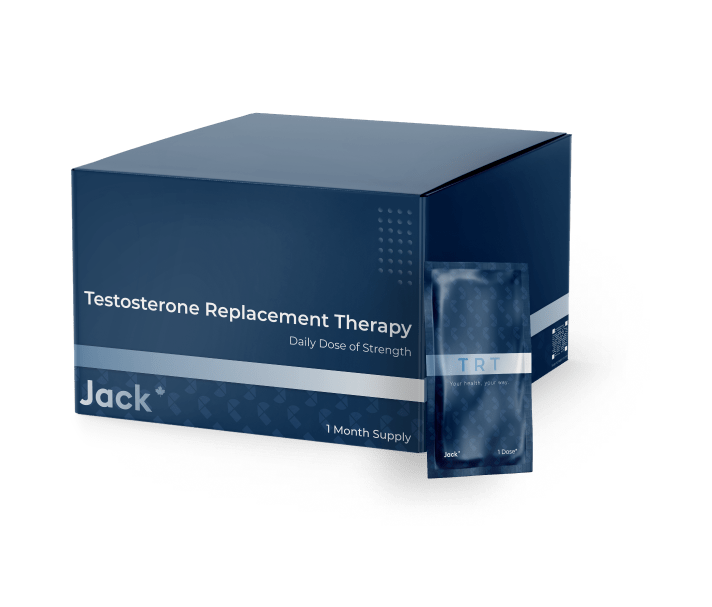





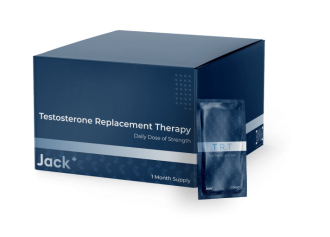
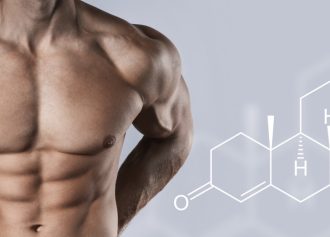







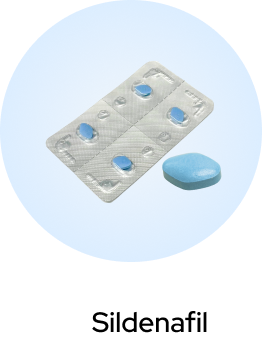
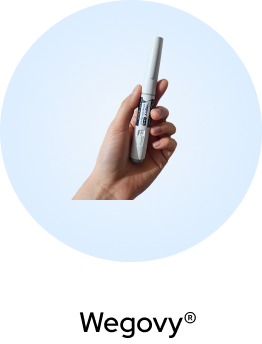
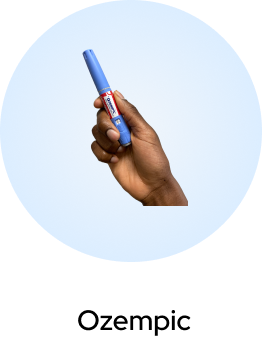


 (US)
(US)